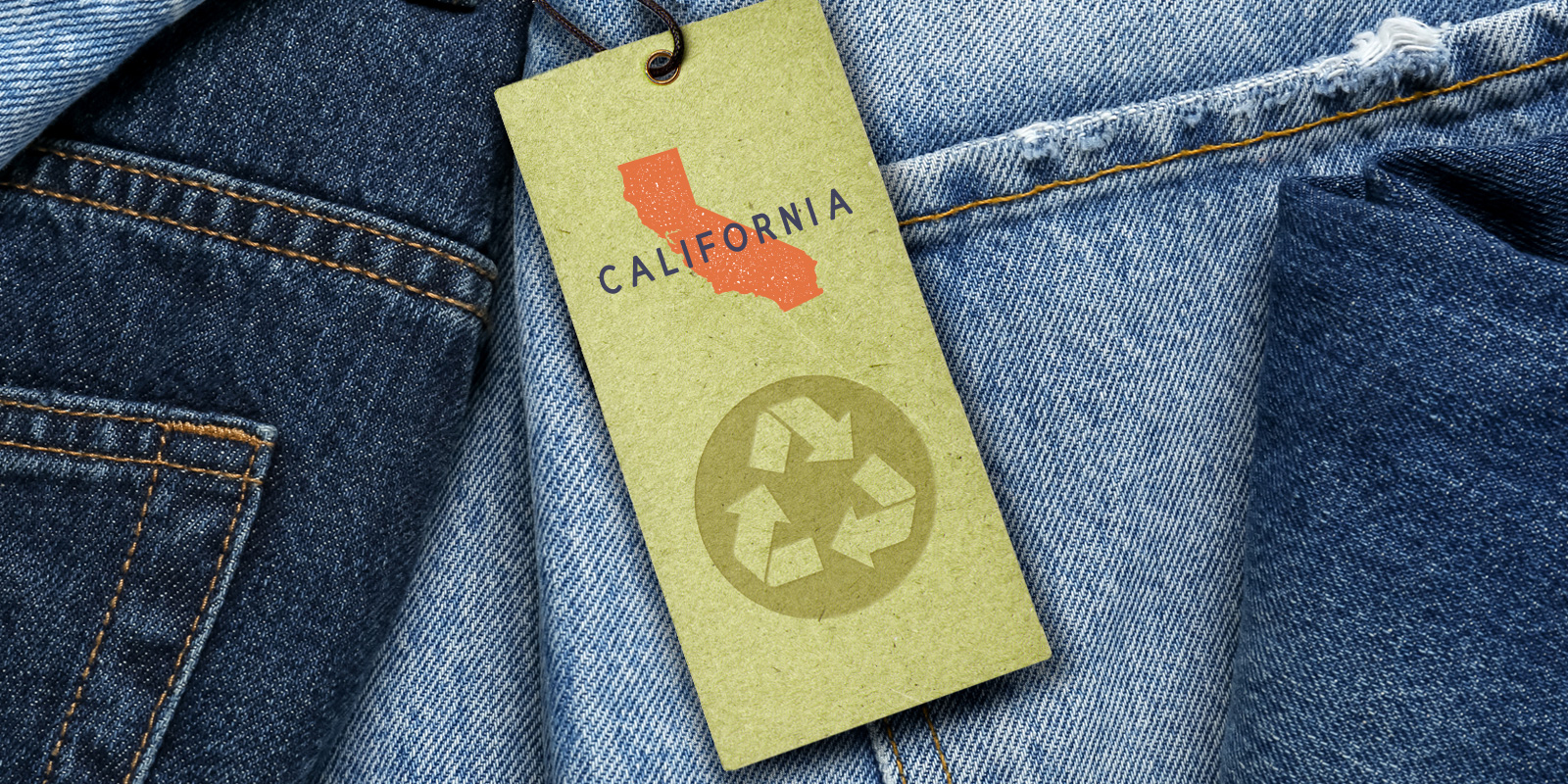
California Enacts First-of-its-Kind Clothing Recycling Law
In Short
The Law: California enacted the Responsible Textile Recovery Act of 2024, the first extended producer responsibility law for clothing producers in the United States.
The Requirements: By 2026, all clothing producers in California must join a Producer Responsibility Organization. By 2030, each PRO must implement a stewardship program.
Looking Ahead: This landmark legislation sets a path for other U.S. states to follow, as related efforts to address microplastic pollution and fashion waste gain traction nationwide.
As part of a growing global effort to divert waste from landfills and shift responsibility to the textile and apparel industry to handle end-of-lifecycle management for their products, California Governor Gavin Newsom signed into law the Responsible Textile Recovery Act of 2024 (SB 707) on September 22, 2024.
California's new law is the first in the United States to establish an extended producer responsibility ("EPR") program for clothing products and applies to any textile or apparel producer who sells or distributes clothing in California. In essence, the law renders producers responsible for the collection, repair, reuse, and recycling of textiles statewide.
Under the law, producers are expected to form and join a Producer Responsibility Organization ("PRO") by 2026. By 2030, the PRO must develop and implement a comprehensive stewardship program to: (i) establish free, permanent clothing drop-off sites throughout the state and offer mail-back options; (ii) develop a processing protocol to maximize diversion to thrift stores, reuse, and recycling, and minimize disposal; (iii) promote educational and outreach programs on the PRO's collection sites; (iv) support laundries with funding to reduce water consumption and improve microfiber and microplastic filtration; and (v) address the presence of PFAS (per- and poly-fluoroalkyl substances) and other chemicals to avoid contamination in the recycling process. The Act also requires CalRecycle to adopt regulations to implement the Act.
The law also requires producers to cover the costs of these stewardship programs. A 2021 report published by CalRecycle estimated that more than one million tons of textiles are discarded annually in California. Under this new law, each PRO industry participant will fund the PRO with annual fees based on their sales volume in California. A participant's required contribution may be reduced to account for a company's preexisting collection, recycling, and reuse programs. The Act authorizes CalRecycle to impose administrative civil penalties up to $10,000 per day for violating the program's requirements, or $50,000 per day for an intentional or knowing violation.
While new to the United States, France and the Netherlands implemented similar textile waste initiatives as early as 2007, and the European Union mandated expanded textile collection for all member states by 2025. As with most legislation in this space, California may be the first, but it almost certainly will not be the last to enact EPR legislation aimed at the textile and apparel sectors.
Indeed, in July of this year, U.S. Senator Jeff Merkley introduced the Fighting Fibers Act of 2024 to address microfiber pollution from clothing. The Fighting Fibers Act has two primary components: (i) ensuring washing machines include microfiber filtration; and (ii) requiring future research on the impact of microfibers. Likewise, since 2023, several New York State senators have introduced and reintroduced the Fashion Sustainability and Social Accountability Act (S 4746B), which "sets forth requirements for fashion sellers with $100 million in annual gross receipts that do business in New York State to map their supply chains and perform sufficient due diligence[,]" including "identifying, preventing, mitigating, accounting for, and taking remedial action to address actual and potential adverse impacts to the environment." As of June 2024, the bill was referred to the Consumer Protection Committee.
With growing momentum for these sustainability and EPR initiatives and an accompanying increased public awareness of microplastics, the clothing industry and others can expect heightened scrutiny and regulation. This increased attention may also result in increased litigation. Companies operating in this space should track regulatory developments, including by CalRecycle under SB 707, and take efforts to prepare for compliance.
Three Key Takeaways
1. Clothing producers in California will be responsible for managing the full lifecycle of their goods, which will include establishing collection sites, maximizing reuse, recycling, and diversion to secondhand markets, and reducing microplastic and PFAS contamination.
2. The funding for these stewardship programs will be covered by the producers.
3. The Responsible Textile Recovery Act and related initiatives like the proposed Fighting Fibers Act signify growing national efforts to address microplastics.





